Optimal Timing for Waterproofing
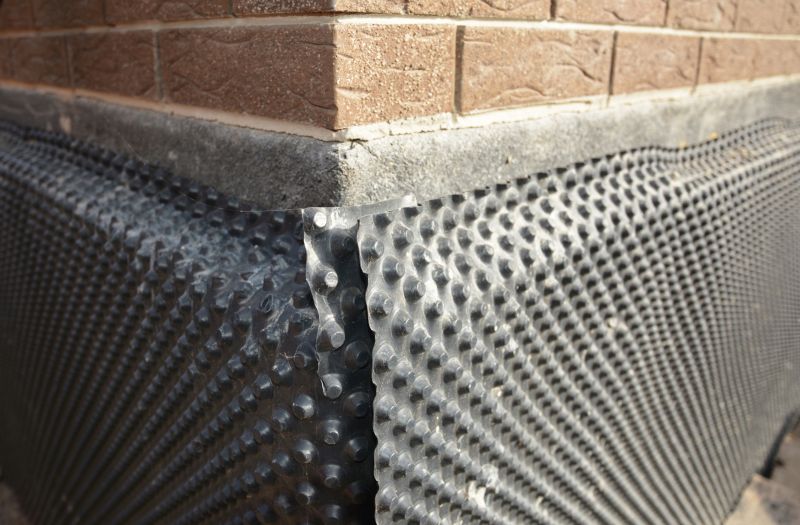
Spring offers moderate temperatures and dry conditions ideal for waterproofing projects.
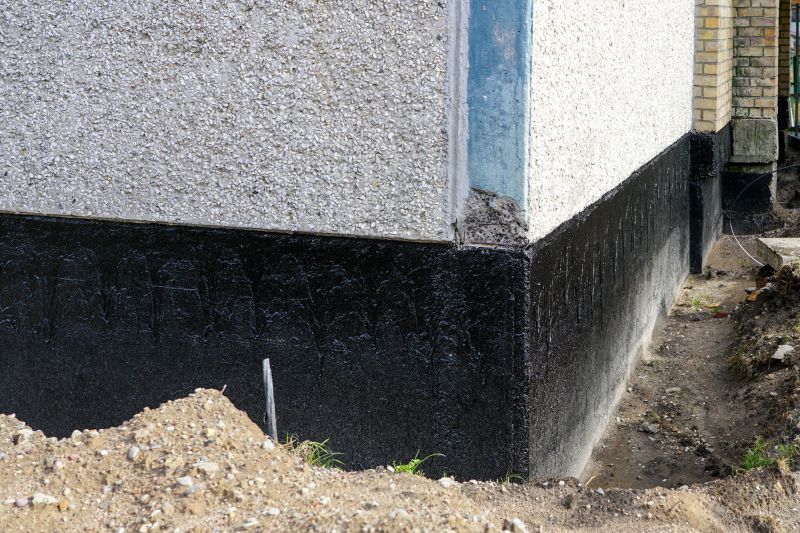
Summer provides warm weather, but high humidity can affect curing times for certain waterproofing materials.

Fall's cooler temperatures and lower humidity levels make it suitable for waterproofing before winter.
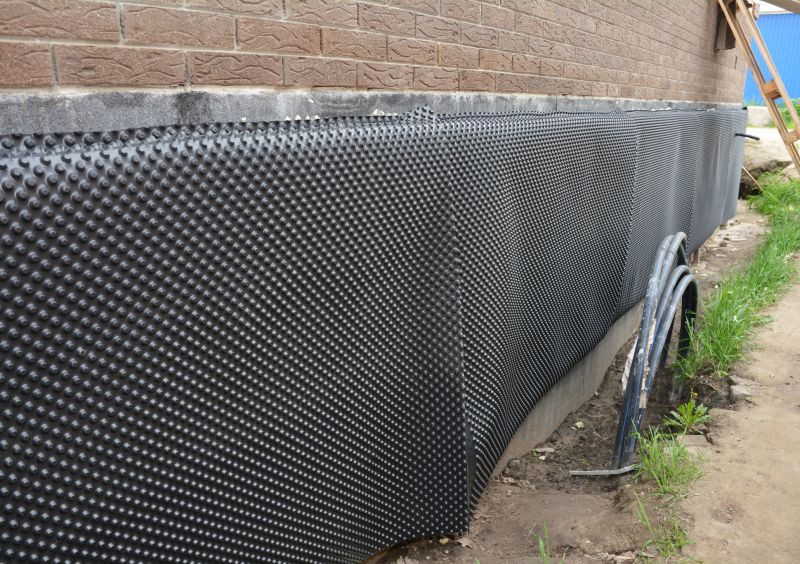
Winter is generally not recommended due to freezing temperatures that can compromise waterproofing applications.
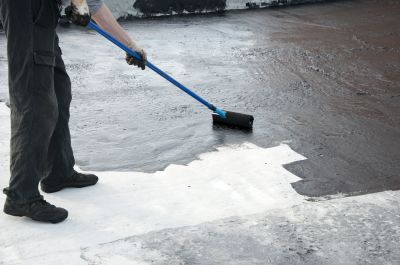
Spring and fall are typically the best seasons for waterproofing, ensuring optimal conditions for application and curing.

Consistent dry weather and moderate temperatures are essential for successful waterproofing projects.
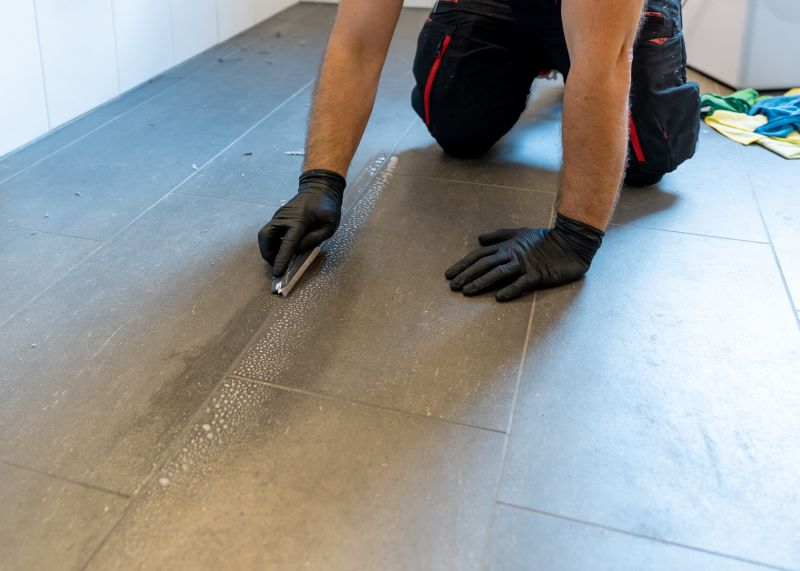
Ways to make Waterproofings work in tight or awkward layouts.
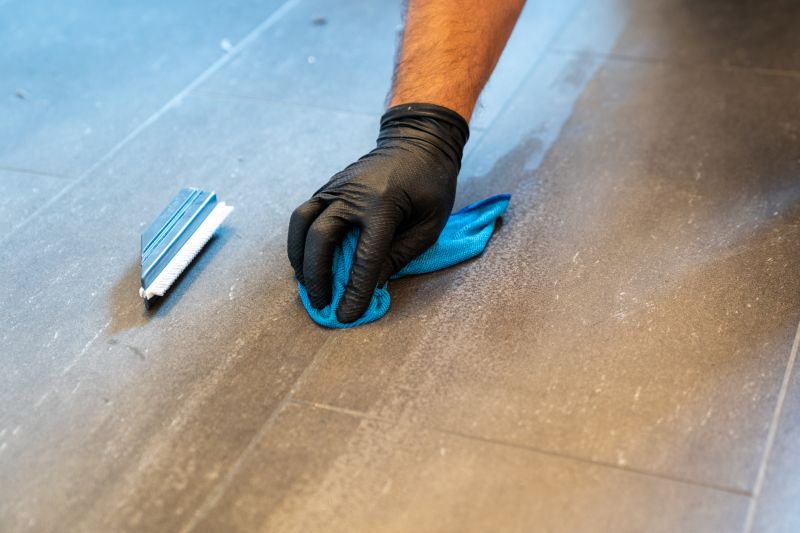
Popular materials for Waterproofings and why they hold up over time.
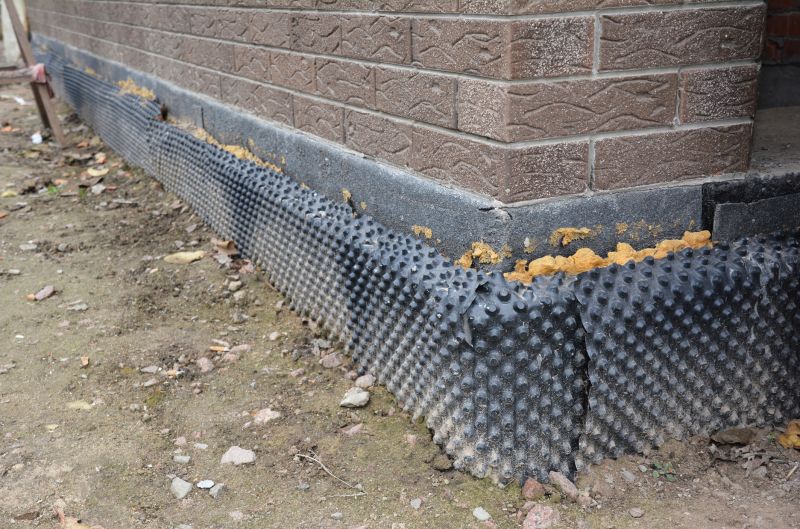
Simple add-ons that improve Waterproofings without blowing the budget.
Waterproofings are essential for protecting structures from water infiltration, which can cause structural damage, mold growth, and other issues. Proper waterproofing extends the lifespan of buildings and reduces maintenance costs. It involves applying specialized materials or membranes to prevent water penetration in vulnerable areas such as foundations, roofs, and basements. Understanding the optimal timing for waterproofing ensures maximum effectiveness and durability.
Statistics show that waterproofing can significantly reduce water-related damages, saving property owners thousands of dollars annually. Effective waterproofing practices are especially crucial in regions with seasonal weather variations, like Kankakee, IL, where temperature fluctuations and precipitation levels influence the timing and methods used for waterproofing projects.
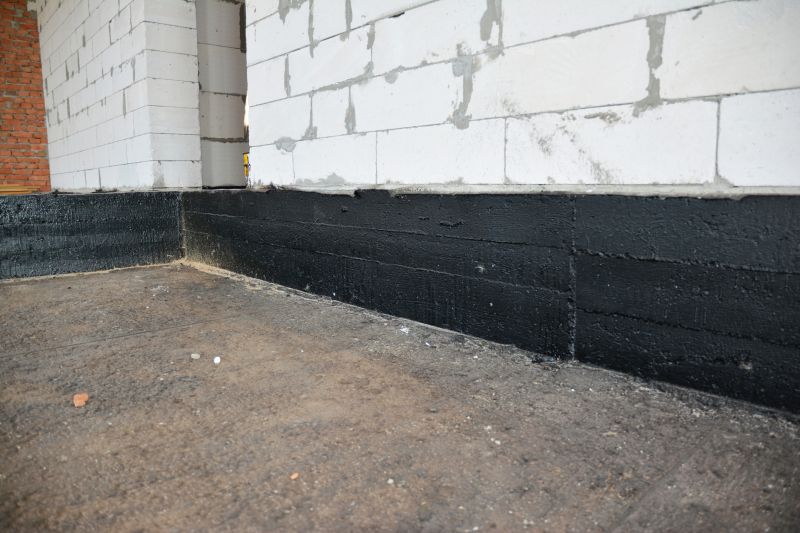
Applying waterproofing to basement walls prevents water seepage and foundation damage.

Roof coatings protect against leaks and extend roof lifespan.
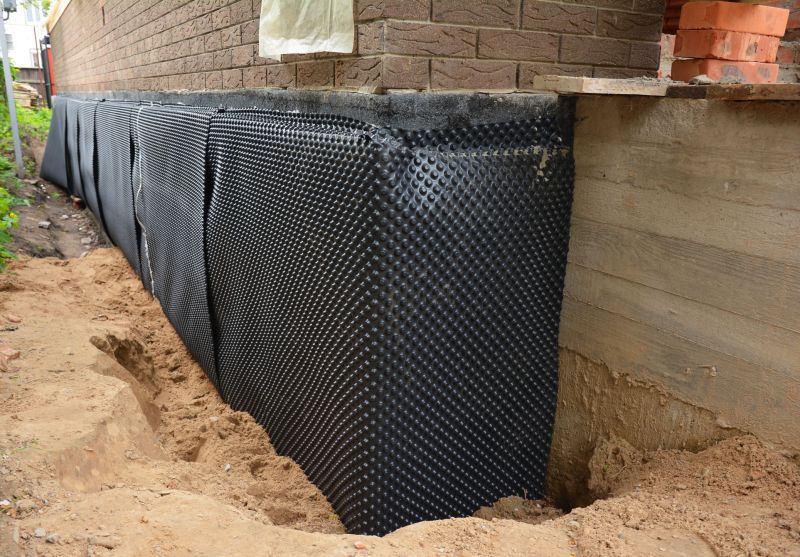
Foundation membranes safeguard against water intrusion and structural weakening.
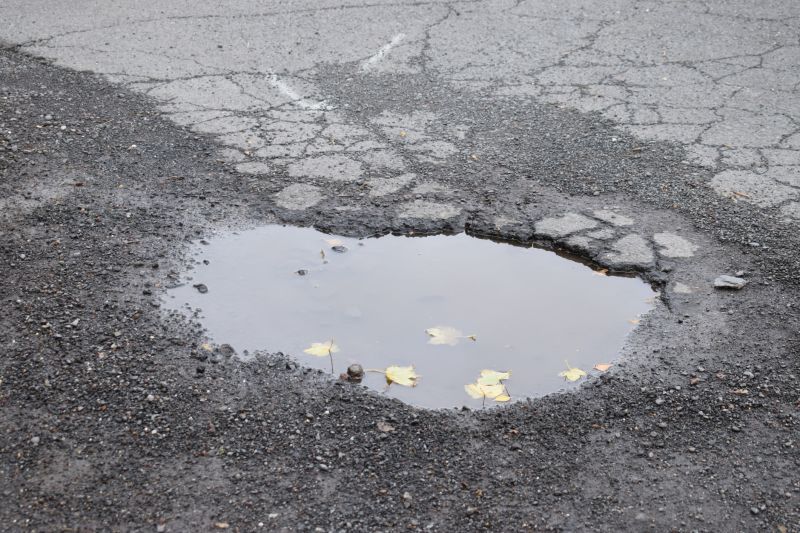
Waterproof coatings on driveways prevent cracks caused by water expansion.
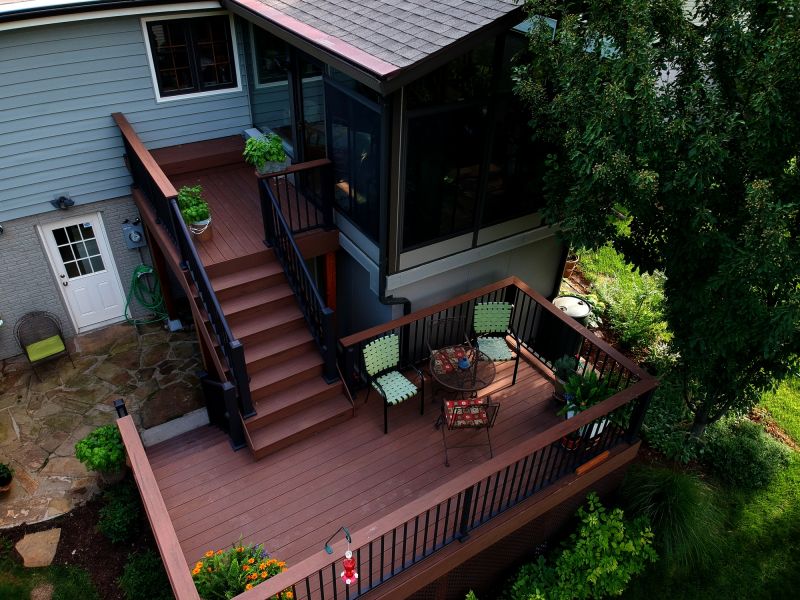
Proper sealing prevents water damage and deterioration of balcony structures.
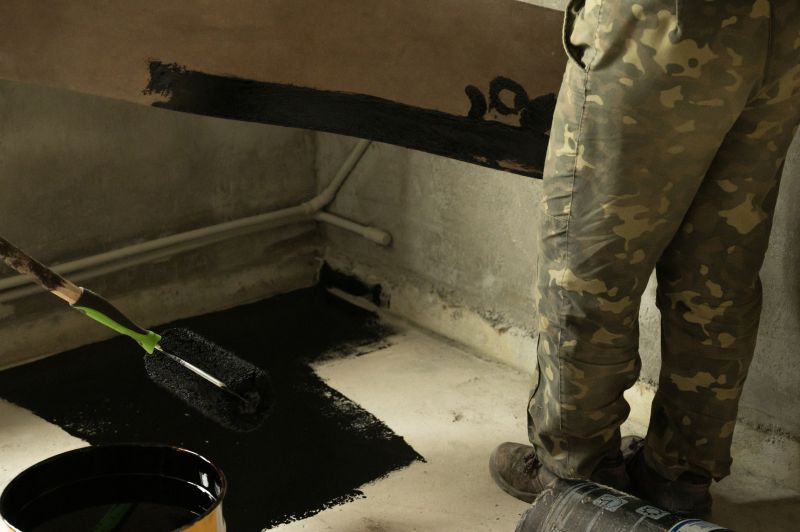
Wall coatings protect interior spaces from moisture and mold growth.
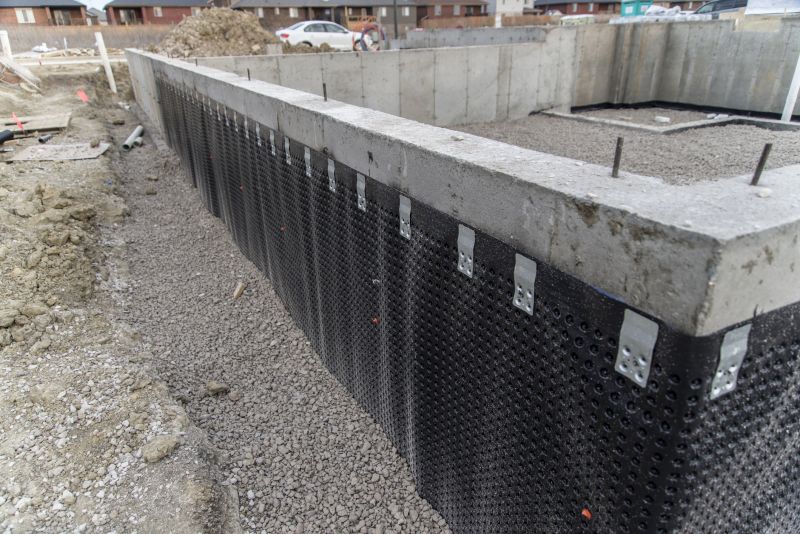
Flexible membranes provide continuous protection against water penetration.
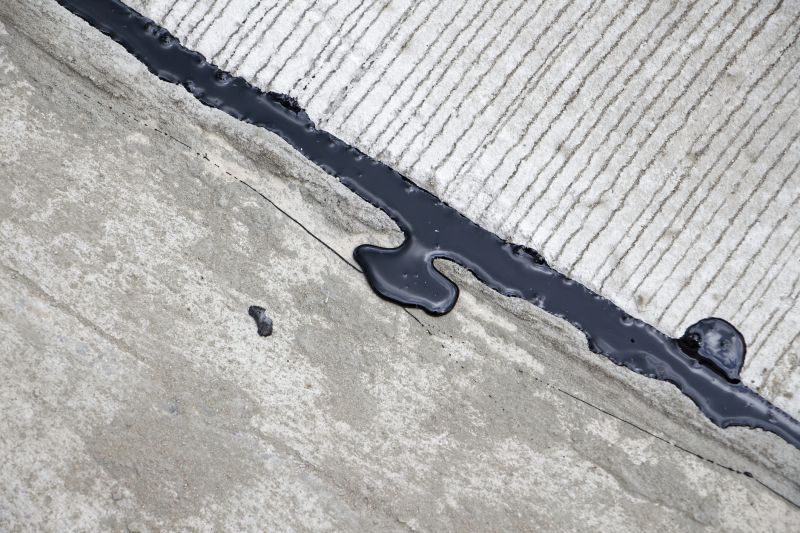
Sealants fill gaps and joints to prevent water infiltration.
| Season | Recommended Conditions |
|---|---|
| Spring | Moderate temperatures, dry weather |
| Summer | Warm weather, monitor humidity levels |
| Fall | Cooler temperatures, low humidity |
| Winter | Not recommended due to freezing temperatures |
| Optimal | Spring and fall for best results |
High-end options that actually feel worth it for Waterproofings.
Finishes and colors that play nicely with Waterproofings.
Little measurements that prevent headaches on Waterproofings day.

